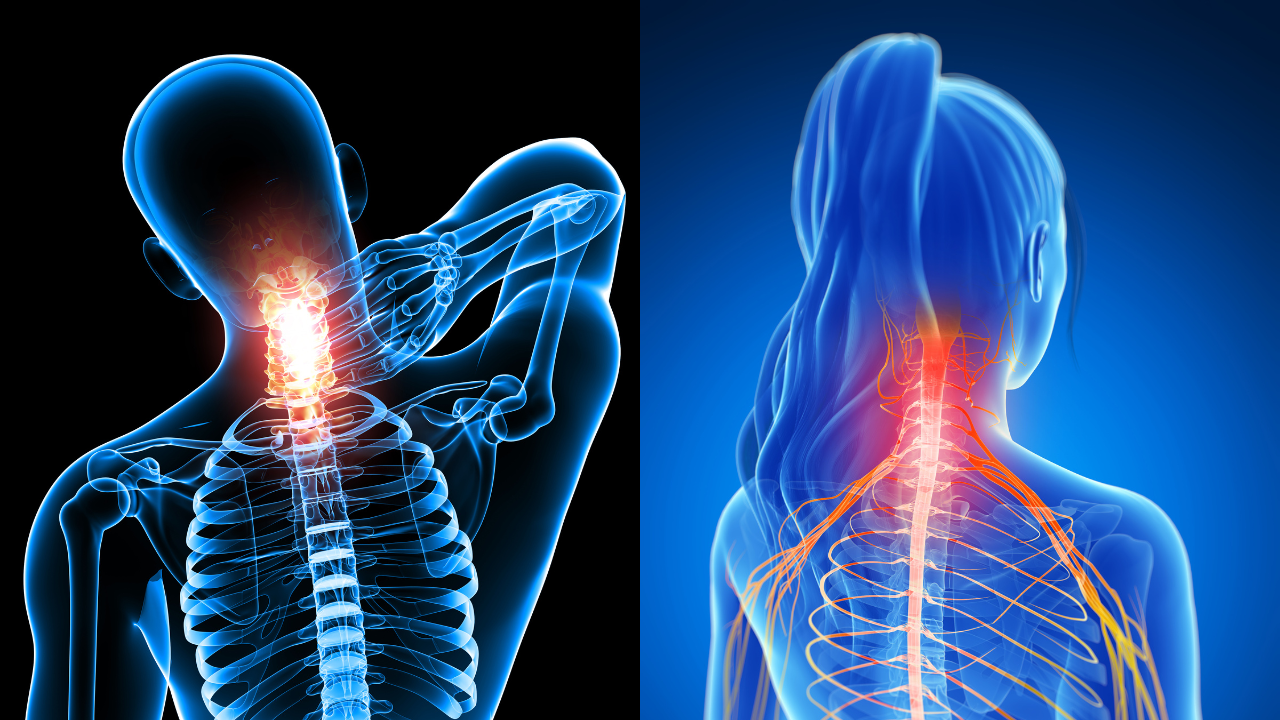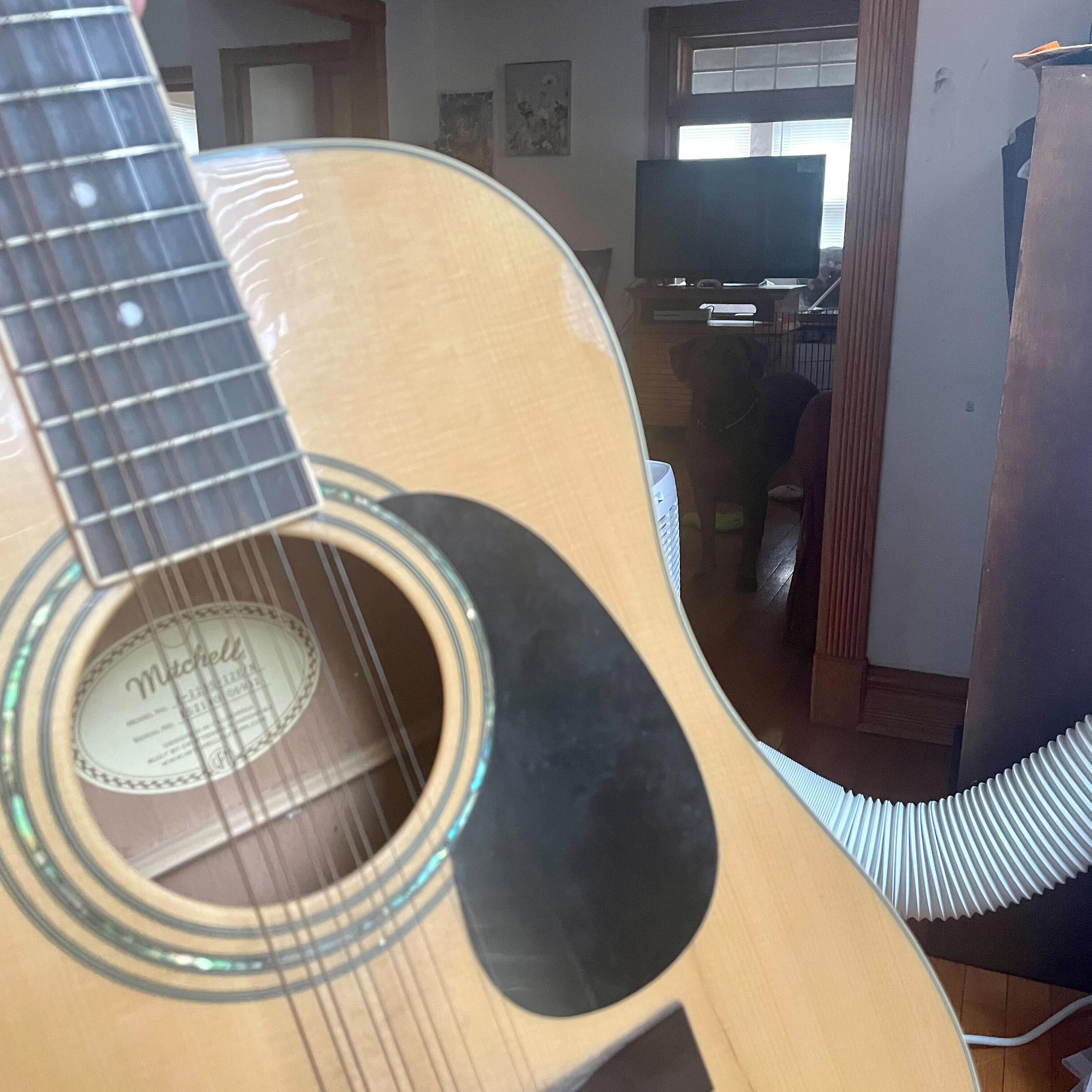Quick Summary
“Ah, my back!” I’ve been saying this more and more lately, and I know I’m not the only one. I should have known everything would soon be going downhill when I turned 23 this past year. I mean, I’m almost halfway to 50. Should I just accept my fate?

“Ah, my back!” I’ve been saying this more and more lately, and I know I’m not the only one. I should have known everything would soon be going downhill when I turned 23 this past year. I mean, I’m almost halfway to 50. Should I just accept my fate?
No! I am going to do something about it. Through research, of course. Two questions guided my inquiry: What causes this pain, and how can it be alleviated? I turned to Ebooks Minnesota and ProQuest Nursing & Allied Health Premium for the answers.
Neck and back pain go together for most people, regardless of age. The cause can range from daily tendencies and behavior to repetitive work tasks or even mental health. “Back and Neck Health: Mayo Clinic guide to treating and preventing back and neck pain” explores and explains back and neck pain and the next steps regarding relief, treatment, and prevention. Understanding the pain and symptoms you feel is essential in deciding the steps you’ll take to alleviate them. Even as an avid weightlifter, I never experienced back and neck pain the way I have in the past months. As it turns out, weight gain can be a contributing factor, and I began noticing my neck and back pain as I neared the end of my “bulk,” the period when a weightlifter puts on weight intentionally in order to gain strength. Some of the weight I gained is muscle mass, but there is also unwanted weight pushing me to the heaviest I have been. The increased intensity in my weightlifting has coincided with neglect for cardio (wow, saying this out loud, I should not be surprised), and that has likely played a major role in my localized pain. Posture is another important factor, and something I should work on. This resource has information on how to self-treat and alleviate this pain at home by providing a series of daily exercises and routines to implement, and recognizing the signs that call for a visit to the doctor. Learn more about neck and back pain by checking out this book on Ebooks Minnesota.
Being at a desk for extended periods, with poor posture, can contribute to various neck and back pains. I turned to ProQuest Nursing & Allied Health Premium for tips on addressing this. “Got neck and back pain? Break up your work day with these five exercises for relief” explains how you can implement small changes to your daily routine to help relieve the stress that sitting can place on your back and neck. Active breaks throughout the day that include short bursts of movement or stretches, can help alleviate the physical and emotional stress your body experiences after periods of inactivity, when muscles stiffen. Paying attention to your body and recognizing patterns in your day can help you identify when to plan active breaks.
Self-diagnosis can be difficult, or even problematic, but it is valuable for all of us to understand our bodies and to be able to make plans of action when needed. The cause of my pain might be completely different from yours, but understanding your own pain can help you move towards effective treatment. Now, if you’ll excuse me, it’s time for my sitting lumbar and trapezius stretch.




